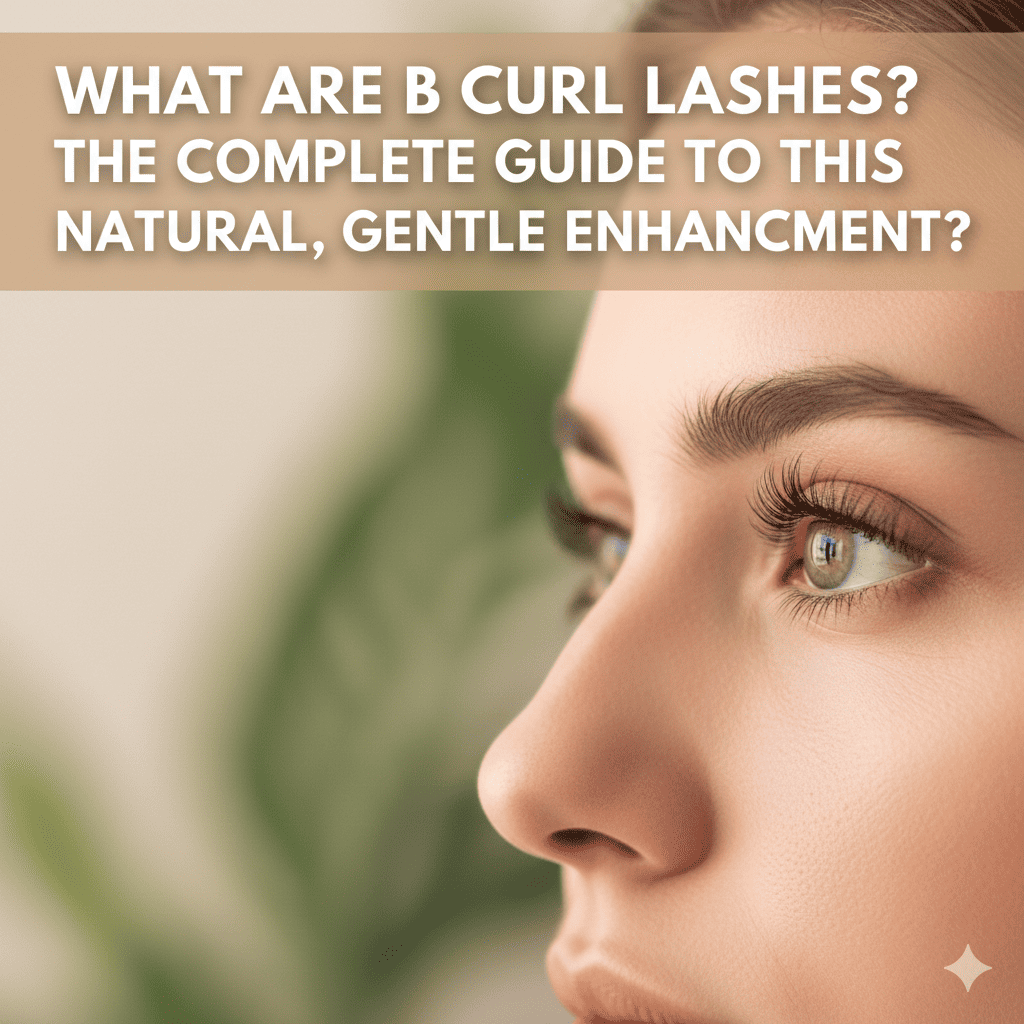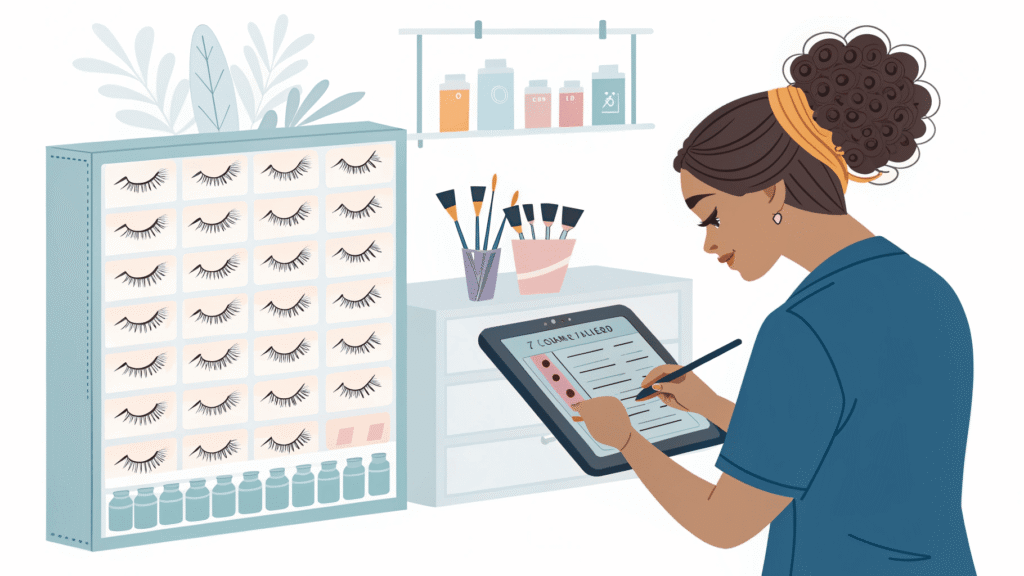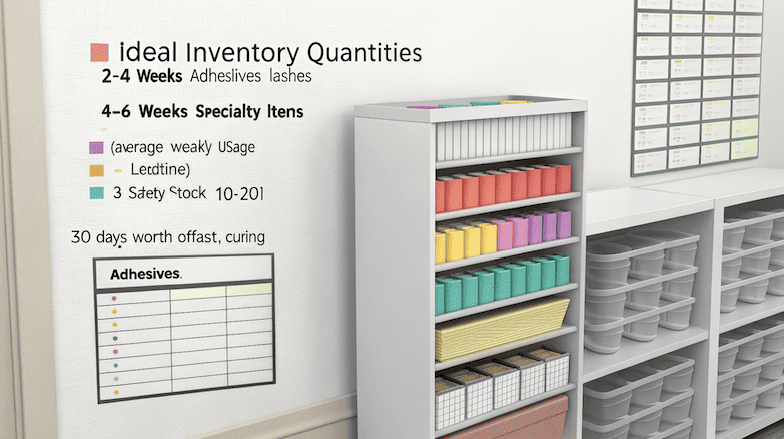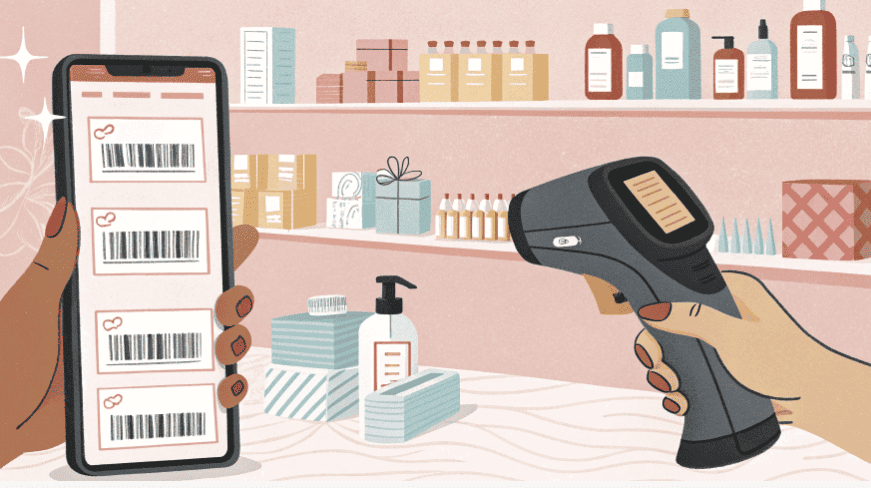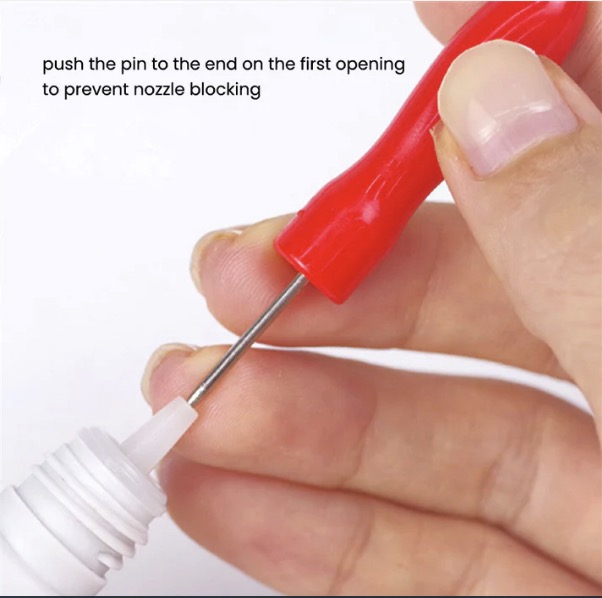Watching expired lash trays gather dust? You’re not alone—most lash artists waste 27% of their inventory budget on poor stock management. That’s hundreds yearly disappearing into the trash.
Smart inventory management combines: tracking expiration dates, calculating exact usage rates, and implementing FIFO (First In, First Out) systems. Salon owners who master this triple their product ROI and reduce waste by 68% [1][3].
After helping 500+ UBLash clients optimize their stock, I’ve identified the money-saving strategies1 that separate struggling artists from profitable businesses. Let’s transform how you manage lash supplies.
How Much Inventory Should You Really Keep?
That bulk order that seemed smart is now expiring unused? Overstocking drains cash flow as surely as running out mid-service.
Maintain 2-4 weeks of regular-use products (adhesives, lashes) and 4-6 weeks of slower-moving items (specialty curls/lengths). Calculate using: (Average weekly usage × Lead time) + Safety stock (10-20%). Never exceed 30 days’ worth of fast-curing adhesives [1][3].
The Goldilocks Inventory Formula
Three precise calculation methods:
1. For High-Turnover Items (Adhesives, .03 lashes)
(Last month’s usage ÷ 4) × 1.5
Example: Used 16 adhesives → (16÷4)×1.5 = 6 bottle buffer
2. For Seasonal Variations
Peak season average × 1.2
Off-season average × 0.8
3. For New Products
Start with 50% of normal order
Adjust after 2 usage cycles [1]
Critical thresholds:
| Product Type | Danger Zone | Ideal Stock | Overstocked |
|---|---|---|---|
| Fast Glue (1-2s) | <3 bottles | 5-7 bottles | >10 bottles |
| Volume Lashes | <5 trays | 10-15 trays | >25 trays |
| Primers | <2 bottles | 3-5 bottles | >8 bottles |
Pro Tip: Use colored dot stickers (red=30 days left, yellow=60, green=90+) for instant visual stock status [3].
Which Products Deserve Bulk Buying?
Those "20% off bulk" deals tempt—but only certain items should be purchased in quantity. Others become expensive mistakes.
Only bulk-buy non-perishable staples1: sterilized tweezers, lash mirrors, and nylon brushes. Never stockpile fast-curing adhesives2 (>90 day shelf life) or lashes in rare curls/lengths (D+ curls, 16mm+). Ideal bulk candidates maintain value >6 months [2][3].
Bulk Buying Scorecard
Rate products using this 5-factor system (1=bad, 5=excellent for bulk):
| Factor | Weight | Example: Adhesive | Example: Tweezers |
|---|---|---|---|
| Shelf Life | 30% | 2 (90 days) | 5 (indefinite) |
| Usage Predictability | 25% | 3 (varies by season) | 5 (constant) |
| Storage Space | 20% | 1 (needs dark/cool) | 5 (any conditions) |
| Price Fluctuation | 15% | 2 (frequent sales) | 1 (stable pricing) |
| Discontinuation Risk | 10% | 4 (rare) | 5 (never) |
Bulk Recommendation Threshold
Score ≥20: Safe to bulk buy
Score 15-19: Moderate quantities
Score ≤14: Buy as needed [3]
UBLash clients save 32% annually by applying this system instead of emotional bulk buying [2].
How to Track Inventory Without Wasting Hours?
Spreadsheet fatigue is real—but manual counts eat into service time. The solution? Automated tracking that works while you do.
Implement barcode scanning for high-value items (adhesives >$20) and visual Kanban cards for staples (tapes, pads). Digital tools like Shopify POS or LashNap reduce tracking time by 75% while cutting errors by 90% versus manual logs [2][4].
Hybrid Tracking System Setup
For salons with $1k+ monthly inventory:
1. Digital Foundation
- Barcode scanners ($50-120)
- Cloud-based software (LashNap $29/mo)
- Sync with purchase orders
2. Visual Checks
- Colored bins (red=reorder now)
- Hanging Kanban cards
- Clear max/min level marks
3. Maintenance Routine
- Monthly full audit
- Weekly spot checks
- Daily usage logging [2]
ROI comparison:
| Method | Time Cost | Error Rate | Startup Cost |
|---|---|---|---|
| Pen & Paper | 6h/month | 23% | $0 |
| Basic Spreadsheet | 3h/month | 15% | $0 |
| Digital System | 1h/month | 3% | $100-300 |
| Professional POS | 0.5h/month | 1% | $500+ |
Pro Tip: Use smartphones as free barcode scanners—apps like Sortly turn existing devices into inventory tools [4].
What’s Really Expiring? (It’s Not What You Think)
Those expiration dates aren’t suggestions—ignoring them costs the average salon $1,200 yearly in redos and lost clients.
**High-risk products degrade fastest: Cyanoacrylate adhesives lose 40% bonding strength after expiration, while improperly stored lashes develop coating cracks. Critical timelines:
– 1-2s adhesives: 90 days unopened → 45 days after opening
– Volume fan lashes: 12 months → 6 months after opening tray
– Primers: 180 days → 90 days post-opening [1][4].
The Hidden Expiration Clues
Product Degradation Signs:
Adhesives
- Thickening/stringiness
- Changed curing speed
- Yellowing
Lashes
- Frayed tips
- Loss of curl memory
- Shedding fibers
Primers
- Separation layers
- Changed viscosity
- Weak scent [4]
Salvage vs Trash Guidelines:
| Product | Extend Life? | Toss Immediately If… |
|---|---|---|
| Adhesive | Refrigerate unopened | Gray/white particles appear |
| Lashes | Store with silica gel | Visible mold/fungal spots |
| Removers | Keep away from light | Chemical smell changes |
Pro Tip: Mark all product openings with dated masking tape—90% of techs guess wrong on opening dates [4].
Conclusion
Inventory mastery means treating every product dollar as an investment—not disposable expense. Implement these systems today to stop pouring money down the drain.

Fanny
Lash Technician
Hi, I’m Fanny, the author of this post.
Over the past 5 years, we have assisted numerous lash salons and technicians across 20 countries to build their lash brand and grow their businesses with high-quality lash extension products.
If you have any questions or need assistance, feel free to reach out for a free consultation or to discuss tailored solutions for your business needs.
More Interesting Posts
Bulk Lash Extension Purchasing: MOQ Negotiation & Volume Discounts
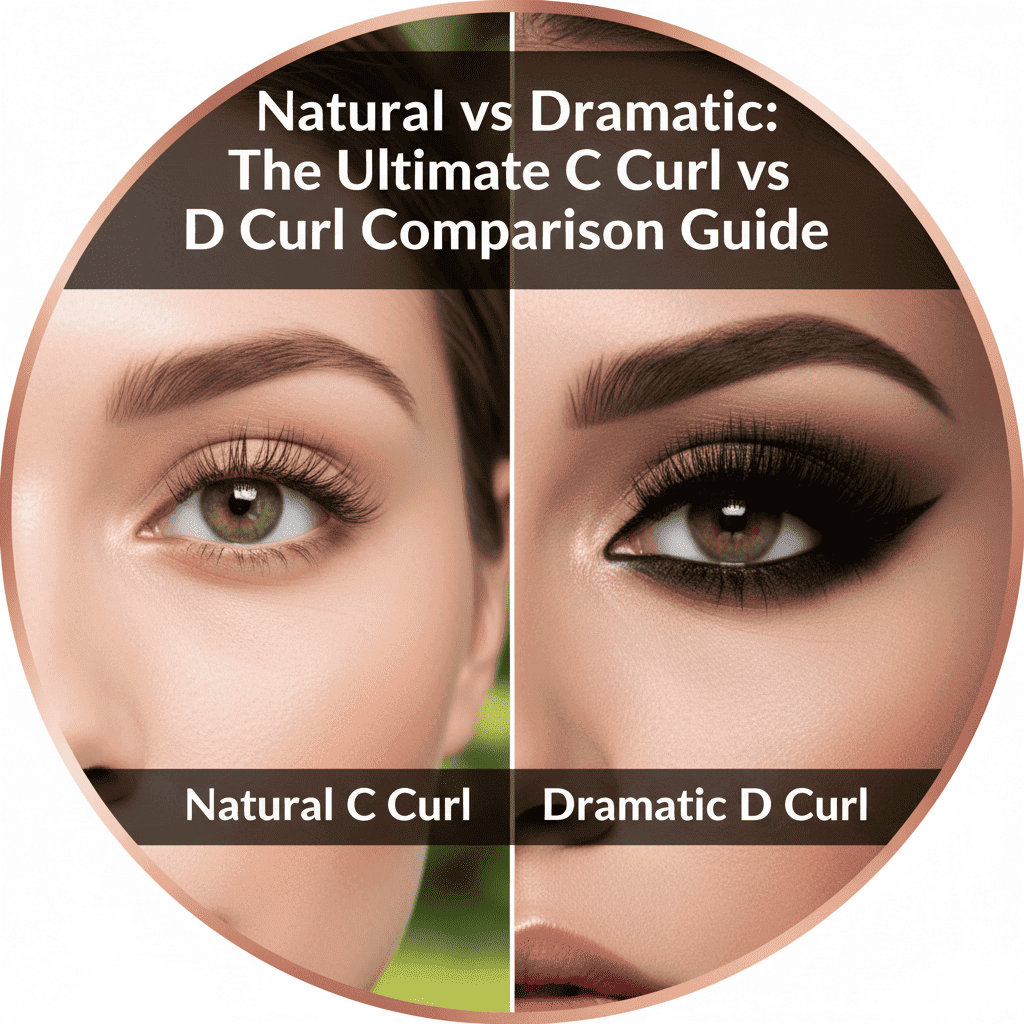
Natural vs Dramatic: The Ultimate C Curl vs D Curl Comparison Guide
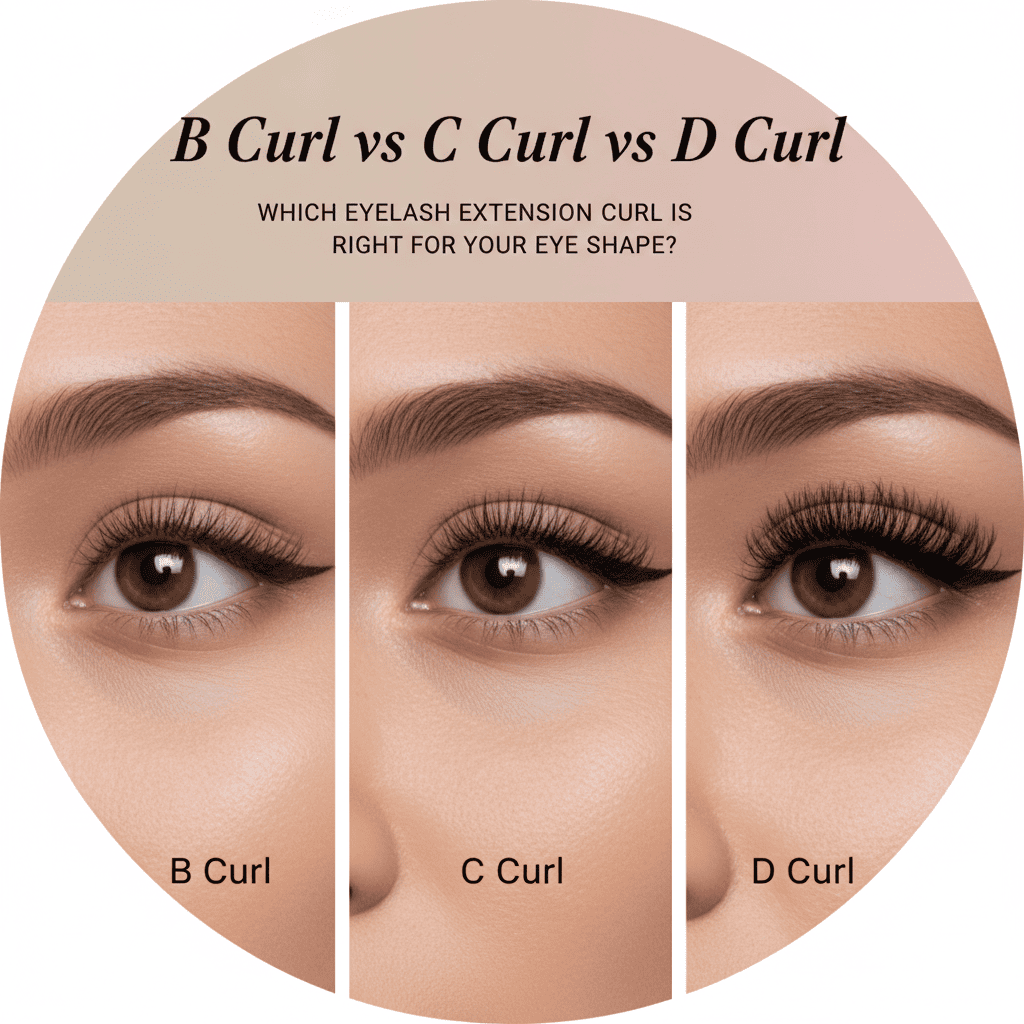
B Curl vs C Curl vs D Curl: Which Eyelash Extension Curl is Right for Your Eye Shape?
